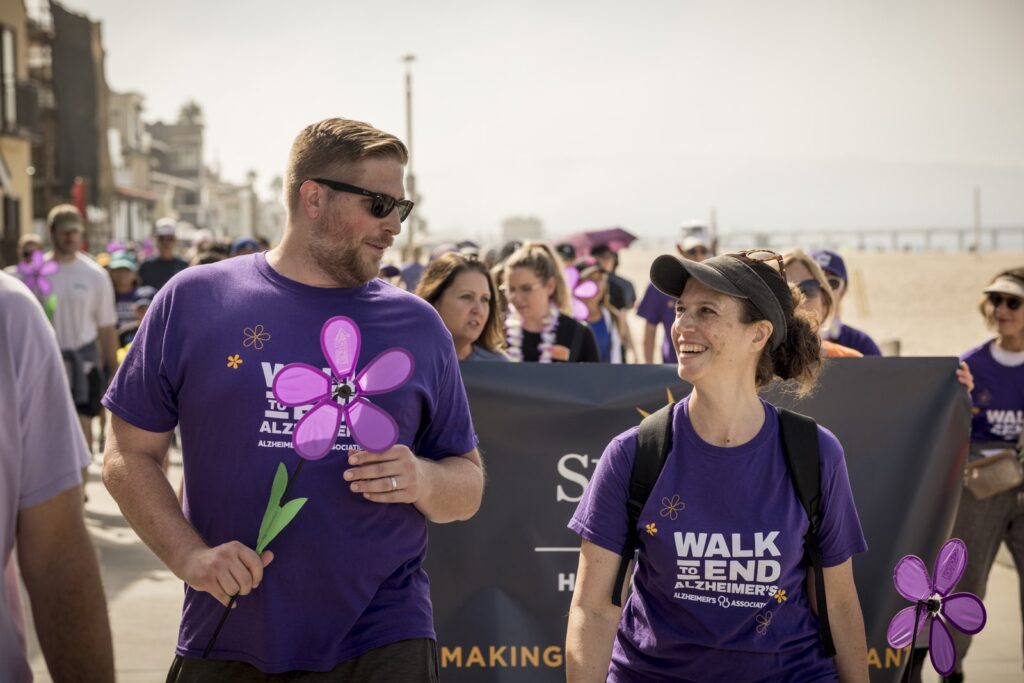USC’s Meredith Braskie turned her knack for numbers into a mission to demystify dementia

Meredith Braskie was working as a successful accountant, but, as far as careers go, the numbers weren’t adding up. She felt like she wanted to do more—to make a difference in the world. When her grandmother and her grandmother’s sister and aunt were diagnosed with Alzheimer’s disease, she found her calling. She resolved to join the fight to end it.
With a fierce drive that comes from watching loved ones slip away, Braskie set her mind to learning everything she could about the disease. She held down two jobs—CPA by day, waitress by night—and volunteered in research labs while studying neuroscience.
Now, more than 20 years later, she is a neuroimaging scientist leading the Braskie Research Group at USC, which studies the brain images of people with early Alzheimer’s-related brain changes but whose minds are still cognitively intact. The goal is to better understand genetic and environmental risk factors for the disease. She believes that Alzheimer’s, the most common type of dementia, could be many different diseases that all look the same but have different origins.
“To prevent cognitive impairment, we need to understand what’s causing the brain to change,” said Braskie, an assistant professor of neurology at the Keck School of Medicine of USC and director of education at the USC Mark and Mary Stevens Neuroimaging and Informatics Institute. “That’s going to be different things in different people.”
Early stages of Alzheimer’s are challenging to study because the brain changes over a long period without causing visible symptoms. Neuroimaging is crucial to helping Braskie and other researchers see and understand what’s happening at this stage before cognitive impairment begins. Advanced imaging techniques, like positron emission tomography (PET), diffusion imaging, and functional magnetic resonance imaging (MRI), give scientists a window into brain activity.
For instance, Braskie’s team and collaborators at USC are using imaging to explore the links between diabetes and brain health. People with type 2 diabetes face an increased risk for Alzheimer’s and other dementias. By taking pictures of study participants’ brains—those with and without diabetes, before and after consuming glucose—scientists can learn how the brain processes glucose and how that contributes to brain changes or damage over time.
“With functional MRI scans, we can see whether a person’s scan has a network of a healthy person or whether different parts of the brain are getting disconnected from each other,” she said. “That’s important because it can give us information about early changes in brain function, which may change before brain structure in those at risk for Alzheimer’s disease.”
Like some of her colleagues, Braskie’s commitment to investigating a disease that affects nearly 7 million Americans is both professional and personal.
“It is really hard to see people you love suffering from this disease, especially in the early stages when they know what’s happening to them,” Braskie said. “I want to do what I can to help prevent it.”